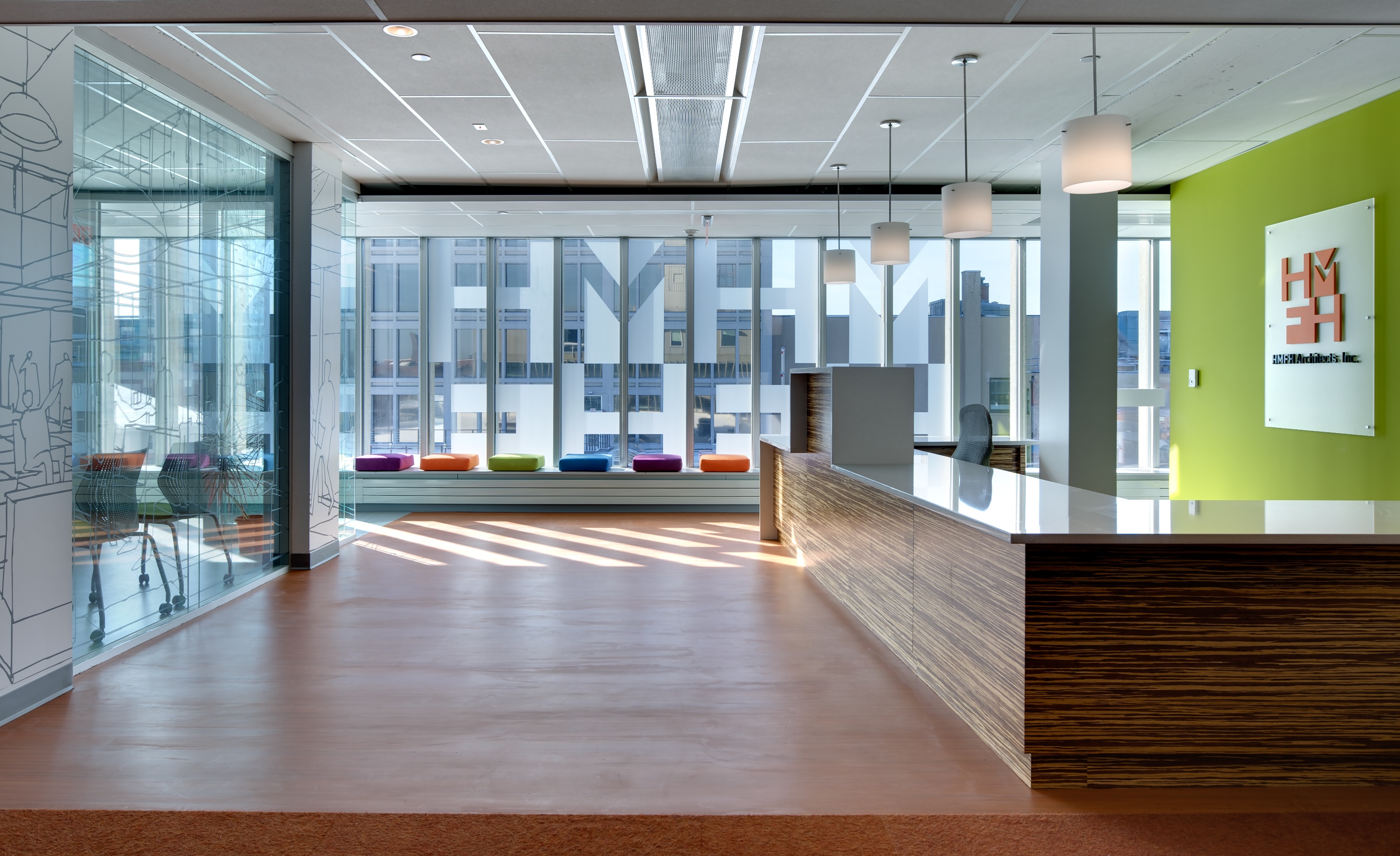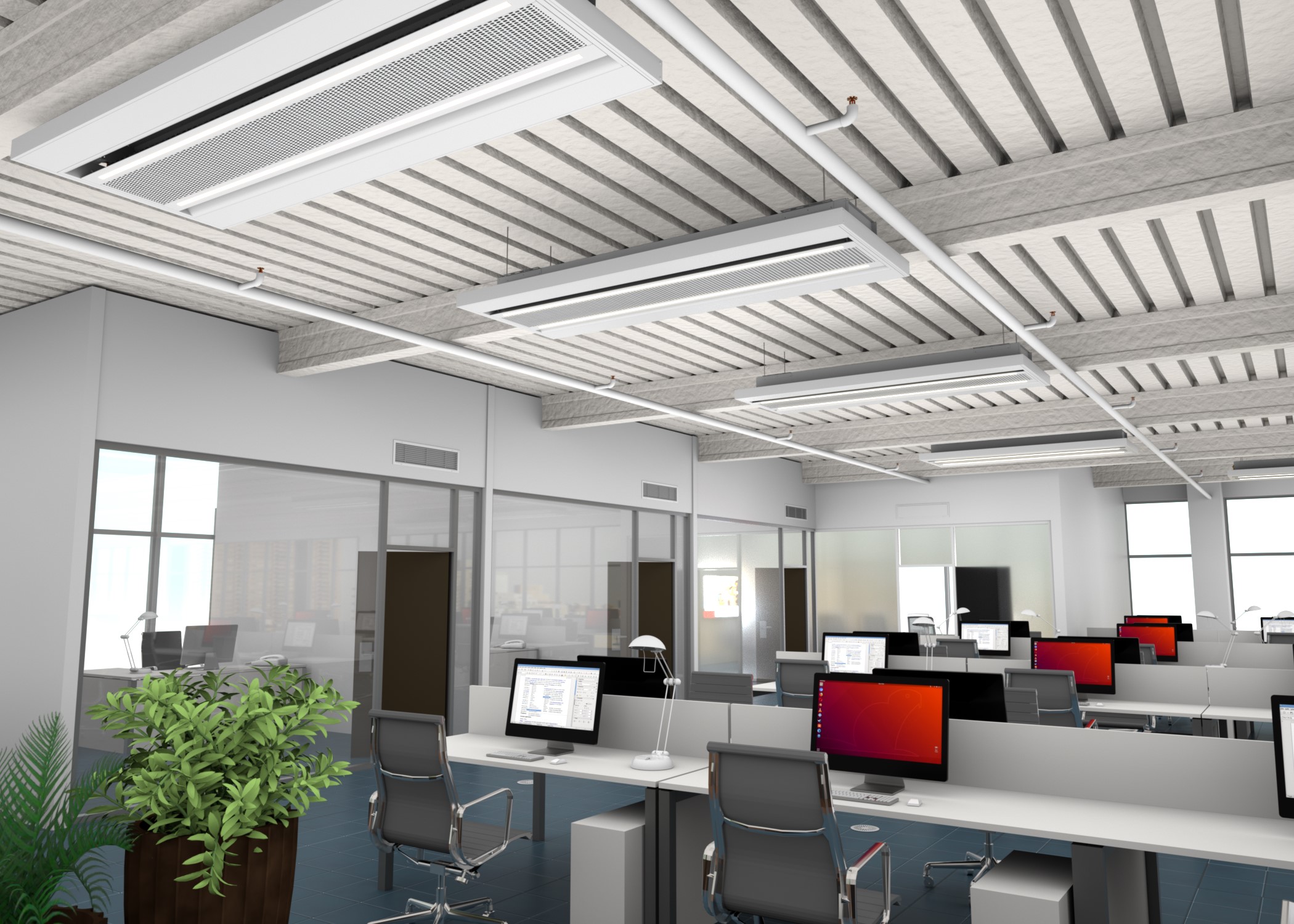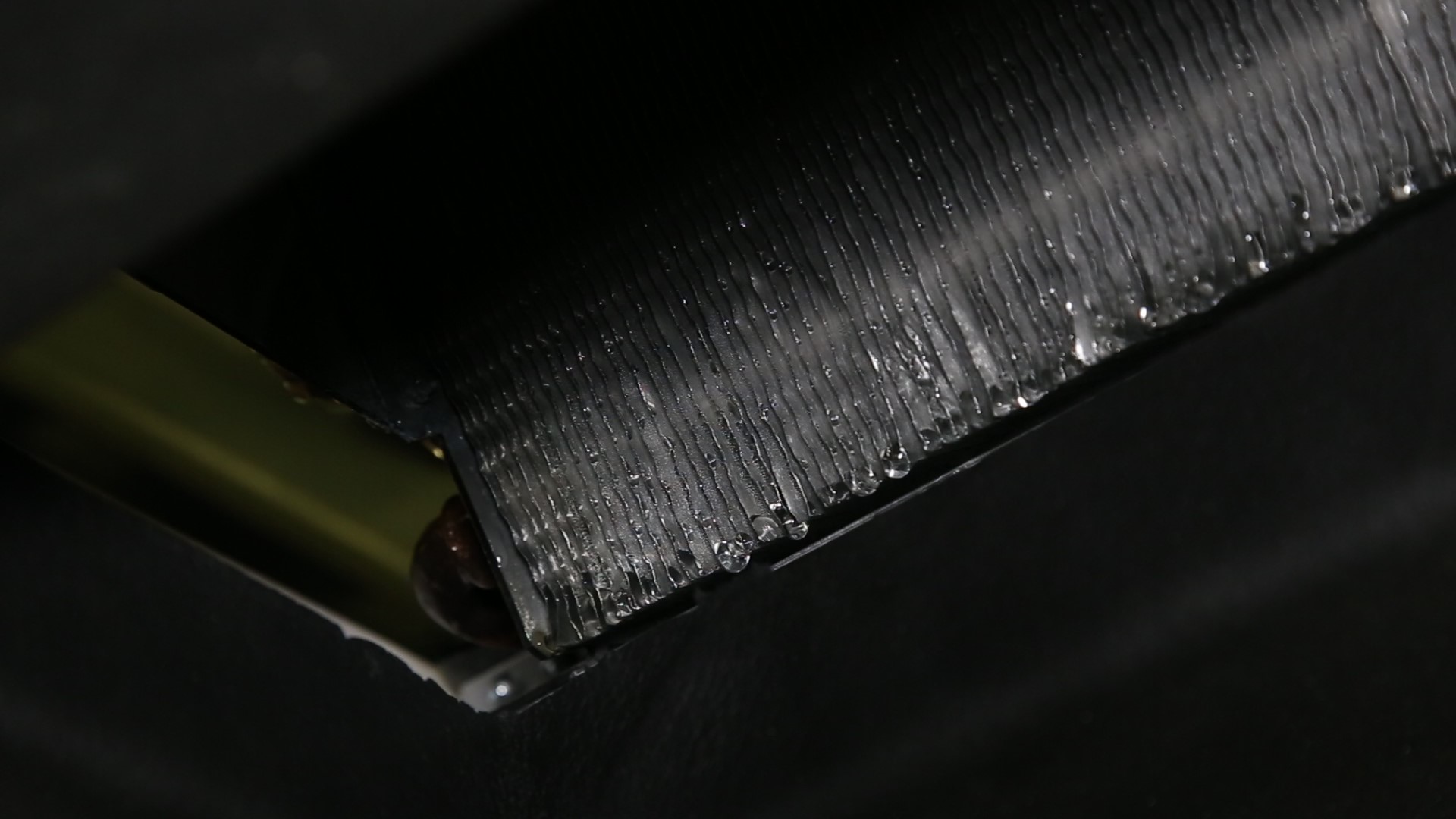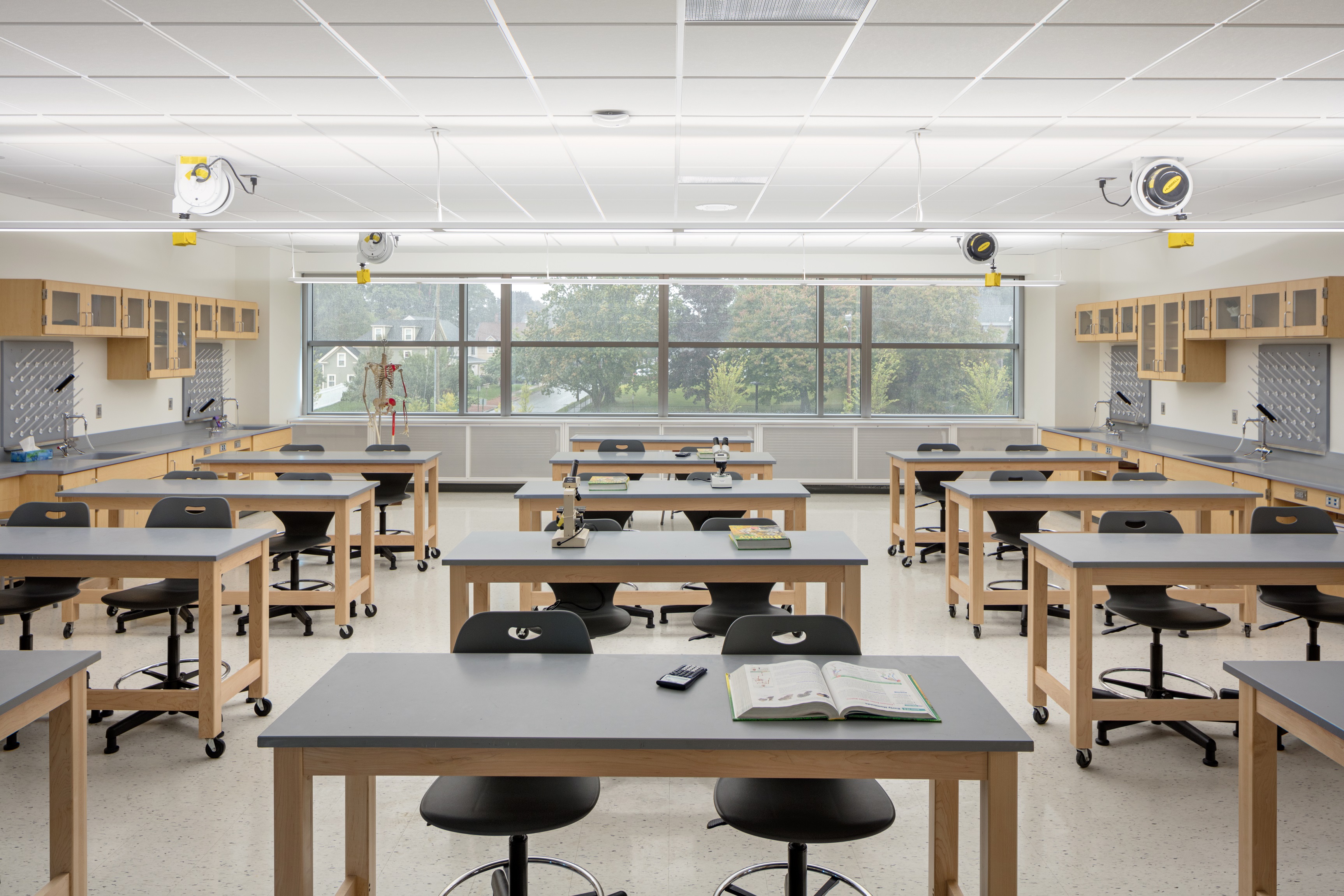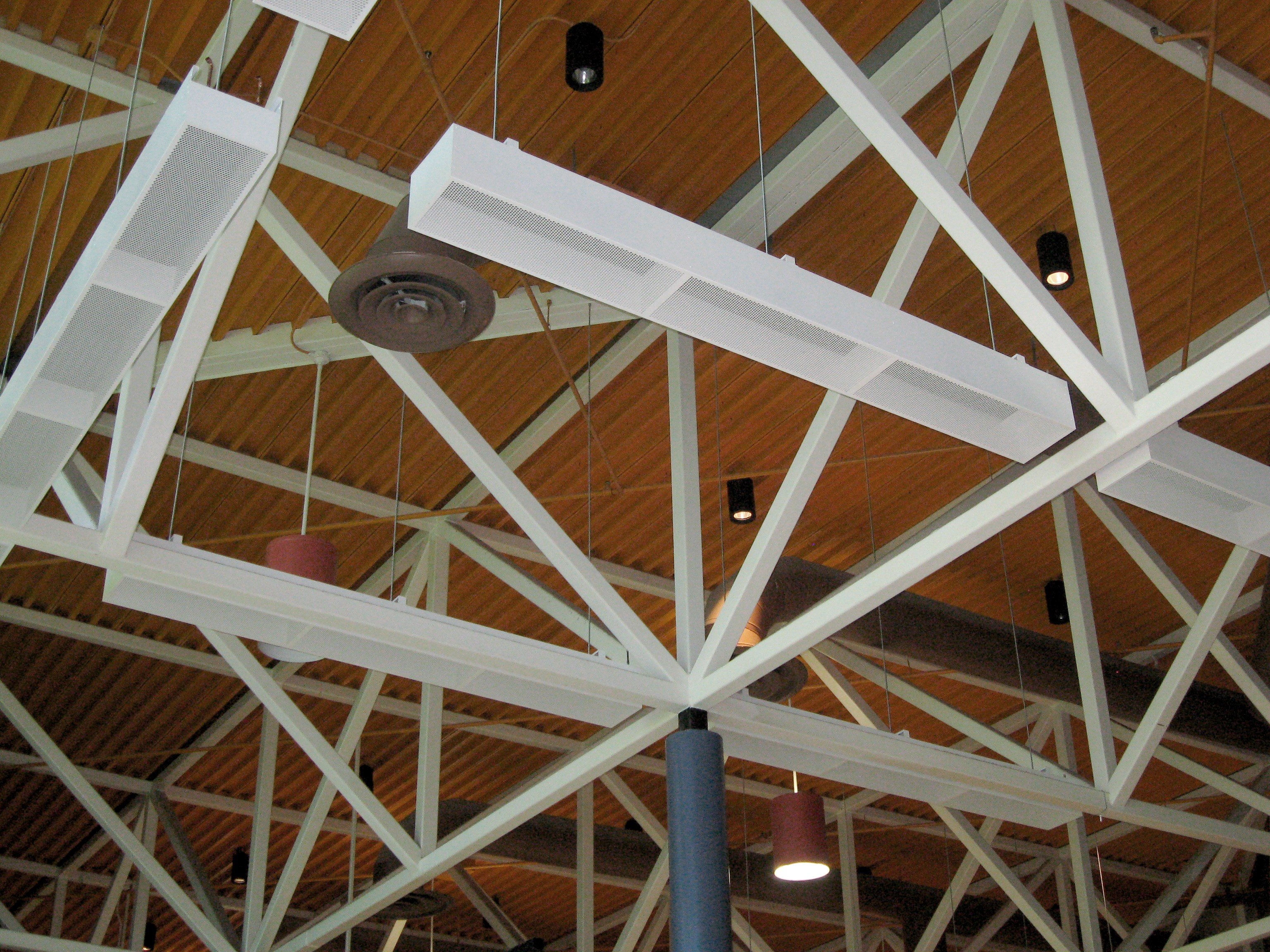Working with Active and Passive Beams in Cold Climates
For applications in climates that require a significant amount of heating, owners, engineers and contractors often wonder if chilled beams are an appropriate choice for their projects. Since the “chilled” part of the chilled beam name only specifies cooling, can you also produce heat with a chilled beam?
Read More
Topics:
Beams,
Induction,
Thermal Comfort,
HVAC Fundamentals,
Engineering,
Design Engineering
Active Chilled Beams and the Coanda Effect
Open-ceiling spaces are becoming increasingly popular, especially in the architectural industry. Aside from providing a feeling of spaciousness and a contemporary aesthetic, the absence of a ceiling grid or drywall also simplifies coordination and allows for more flexibility with ceiling fixtures. But can chilled beams be used in these open-ceiling spaces? As is the case with other air diffuser products, the answer is yes – but with one simple addition.
Read More
Topics:
Beams,
HVAC Fundamentals,
HVAC,
Engineering,
Design Engineering,
Architecture
Measures to Mitigate Condensation Concerns
More than ever before, engineers, contractors and building owners are choosing chilled beams for their projects. This energy-efficient technology uses the heat transfer capabilities of air and water to provide heating and cooling in a space. But the concept of installing a water coil within the housing of the chilled beam raises some very important questions: will there be condensation, and are drain pans required?
Read More
Topics:
Beams,
Condensate,
HVAC Fundamentals,
HVAC,
Engineering,
Design Engineering
Combining the Benefits of Chilled Beams and Displacement Ventilation
Chilled beam systems use the heat transfer capabilities of water to provide sensible cooling to a space. As we’ve discussed previously on the blog, when the system is in cooling mode, the induction process facilitated by the chilled beam nozzles causes warmer room air to mix with the colder primary air, providing the space with supply air with temperatures at 62°F to 66°F – much warmer than the 55°F supply air provided by conventional cooling systems.
Read More
Topics:
Beams,
Displacement,
HVAC Fundamentals,
HVAC,
Engineering
Using Natural Convection to Provide Energy-Efficient Comfort
Chilled beam technology is often separated into two categories: active and passive. As we explored in a previous blog post, active chilled beams take in primary air from an air handler, which is then pressurized and released through a series of nozzles. Passive chilled beams, however, do not have any supply air ducted to them and operate utilizing natural convection. This energy-efficient cooling device is often coupled with other air systems such as underfloor air, displacement ventilation and active chilled beams.
Read More
Topics:
Beams,
HVAC Fundamentals,
HVAC,
Engineering


